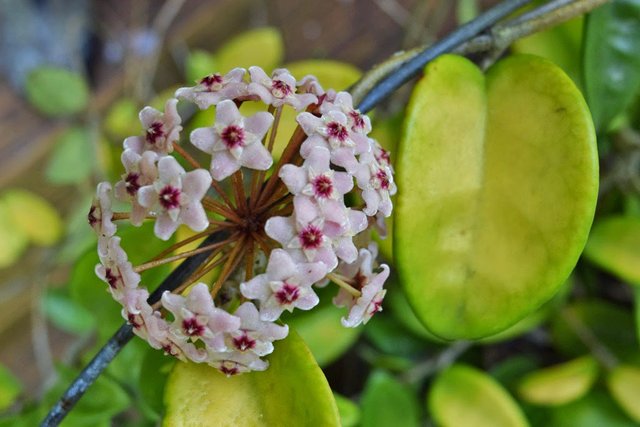[78] White Dipladenia Bush

These plants are amazing blossoms.
White Dipladenia Bush . These gorgeous tropical plants can be enjoyed in containers hanging baskets and garden beds. Evergreen and thriving in u s. Dipladenia is a twining vine that quickly grows an average of 8 feet tall during the growing season with some cultivars reaching a height of 20 feet.
We will discuss the difference between dipladenia and mandevilla so you can decide which of these amazing flowering vines is the best option for your garden. Plant at same depth of soil as in the pot in beds arrange plants. The blooms can be red pink or white depending on the variety and will be trumpet shaped reminiscent of a hibiscus.
Dipladenia bush mandevilla plant how to care and prune mandevilla was originally a lianaceous plant and is cultivated today as a hanging climbing plant or semi creeper. The vines will grow to 6 to 8 feet and make great plants for hanging baskets. Dipladenias originate in brazil and are an evergreen flowering vine.
Even in cool northern climates dipladenia mandevilla sanderii brings the tropics home. They can survive in usda zone 8 although they may die back each year and grow as. Dipladenia is the former name of the plant with most cultivars now properly labeled and sold as mandevilla vines.
The plant is similar to mandevilla vine and works outside in warm zones or indoors as an accent houseplant. Because of its vining nature it requires some. Proven winners sundenia white dipladenia hybrid white plant details information and resources.
Though it is considered a nontoxic plant it s probably best kept away from pets and small children who may show interest in eating it. This exotic looking nonstop bloomer is frost sensitive and therefore is predominantly kept as indoor plant. You ll want to use gloves when handling and propagating dipladenia as its stems contain a milky white sap that may cause skin irritation.
Here are a few guidelines for growing rios. Rio dipladenias are easy to grow and will bloom all season long. Both plants are hardy and perennial to usda zones 9 or 10 and are popular annuals in northern regions where they can be overwintered.
Flowers come in many shades of red pink purple and pure white. Department of agriculture plant hardiness zones 10 through 12 dipladenia gladly overwinters indoors too. Rio dipladenia plant care.
Dipladenia a favorite is a south american native that grows in tropical forests.












































































